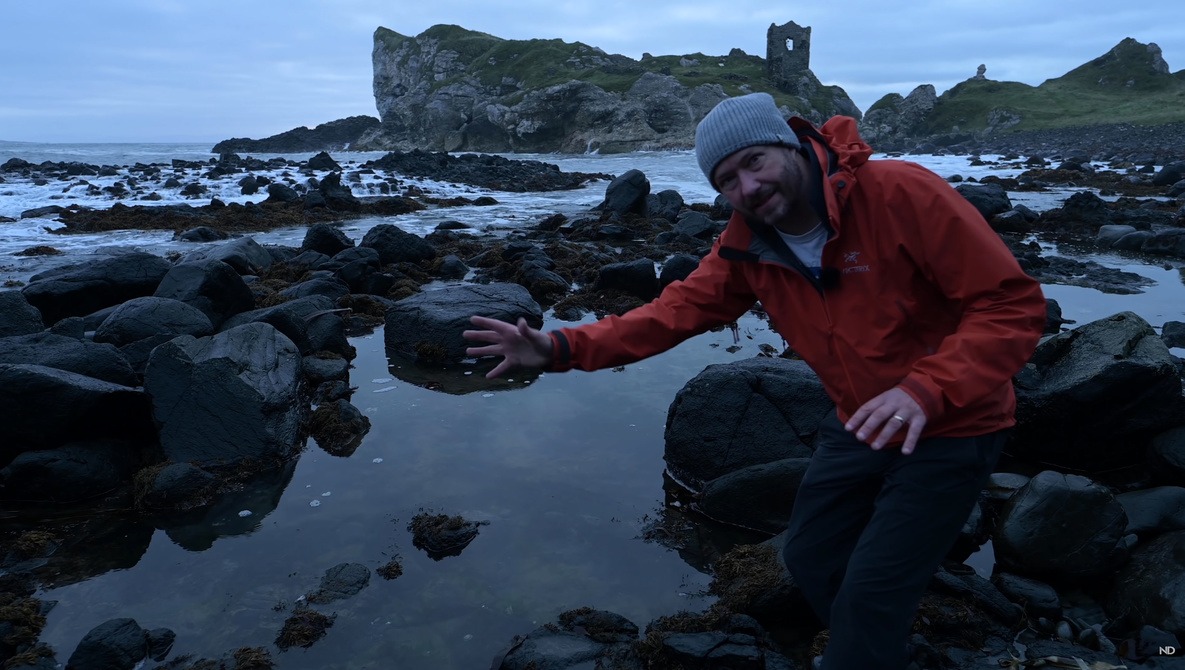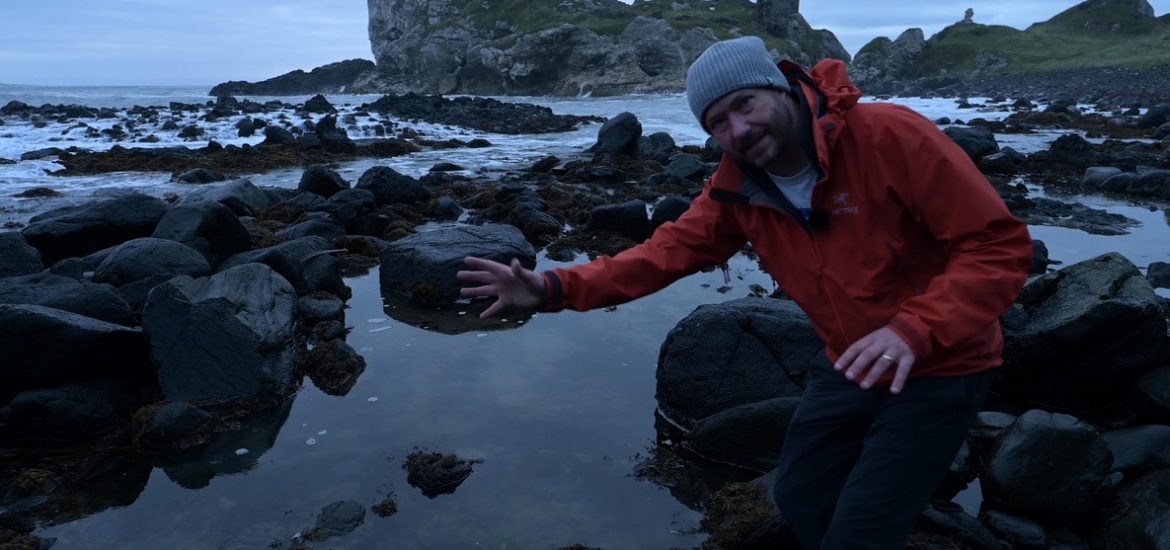
Seascapes can be beautiful and it’s almost impossible to shoot the same image twice, so the genre can keep pulling you back in. However, one setting almost rules them all when it comes to the final image; get it wrong and you can leave with nothing.
Perhaps it’s because I don’t live near the sea that I gravitate towards seascapes every chance I get. Whatever the case, they are addictive. They can be tricky to get right for a number of reasons before you even get to the settings. The conditions can be many different kinds of weather, but there are some that make your life hard. The position you are relative to the sea is crucial for both the shot and your own safety too. I nearly killed my brand new a7 III after a rogue wave hit the rocks near me and sprayed seawater (which is the devil for electronics) all over me and my equipment, causing it to malfunction.
That said, should you be more sensible than me, there is one setting that dictates how good your seascape is more than others: shutter speed. Whether you want to catch an action shot of a wave mid curl, a dragged shutter of a wave crashing into rocks, or a long exposure of the tide, you need to master what sort of shutter yields which kind of image. This video by Nigel Danson is a great introduction to that. I would also not that timing your shots is crucial too. That is, if you’re dragging your shutter or taking a long exposure, you will want to time the start of the shot with the tide being in the right place. It’s a deceptively nuanced genre.
